Growing remontant strawberries and rules for caring for them, depending on the variety
Growing remontant strawberries has its own rules and nuances. Caring for her requires a competent approach and constant work. All efforts will pay off by the fact that the berries can be picked several times a year, and the bushes will not lose the ability to bear fruit for 3-4 years, which is considered a very high indicator.
Types of remontant strawberries
Reconstruction strawberries can be grouped into several types.
- Long Day Varieties (LDS) - this group includes those that form flowers and set berries only when daylight hours are set at least 10 hours. The first flowers and ovaries appear in mid-June, and the berries become ripe in late June - early July. The second wave of flowering occurs in mid-August, and berries can be harvested most of September. The berries are large, the pulp is aromatic and sweet. The disadvantage of this kind of strawberry is that it is greatly depleted over the course of a year, because of this it hibernates badly, and sometimes requires a complete renewal in the next season. Caring for her consists in constant feeding and control over the growth of the mustache.
- Varieties of neutral daylight hours (NDM) - these varieties bear fruit no matter how long the day is. On one plantation you can see flowers, ovaries, green and red berries at the same time. This type of strawberry is more adapted to fruiting all year round, and if the care is regular, then a crop can be harvested from one bush for at least three years. The main modern varieties belong to this particular type of strawberry.
Strawberries also differ in that some varieties produce mustaches, while others do not. In the former, reproduction can occur due to the separation and transplantation of rosettes formed at the ends of the whiskers. The latter reproduce by dividing the bushes, on which several divisions are formed with a separate growth point.
The varieties of strawberries that form a mustache are also different from each other: in some, most of the berries are tied on mother plants, while in others, on daughter rosettes. Care for these varieties is different - in some, the mustache is removed, which increases fruiting, while in others it is not.
Advice
When planting remontant strawberries, it is necessary to take a responsible approach to the choice of the variety, take into account all its features, so as not to make mistakes in cultivation and care.
Reproduction methods of remontant strawberries
There are several ways to propagate remontant strawberries:
- seeds;
- rosettes formed on the whiskers that the mother plant produces;
- dividing the bush (more often used in those varieties that do not have a mustache).
The method of propagation by seeds is more laborious, and the next year the berries can not wait. But it is suitable if you want to plant a new variety on the site.
Reproduction by a mustache and dividing the bush is effective, it allows you to quickly rejuvenate the garden bed completely, plant bushes in places where the strawberries have not overwintered, and get a crop already this year.
Advice
For picking berries all year round, it is recommended to plant several types of strawberries on one site: the usual one, which bears fruit in early summer, varieties of the NSD group and several bushes of the DSD group. The berries will be on your table from the first days of June until the end of September.
Seed propagation
When propagating remontant strawberries by seeds, use seedling method... The time of sowing seeds is February or the first days of March.
You can choose a later date, but then the seedlings will have to be planted in the summer, and in hot weather, painstaking care will be required: frequent watering, protection from the scorching sun, spraying. The survival rate of seedlings will not be one hundred percent.
Advice
If you were late with sowing seeds in February, then it is better to grow seedlings in the summer, and plant them in the garden in early September, but not later.
Sowing seeds
Seeds are sown in loose, moist soil, sprinkled with dry earth and covered with cellophane. They are placed on a sunny windowsill - the place should be warm. At a temperature of about + 20 °, the first shoots will appear in three weeks.
The cellophane is immediately removed, the container with seedlings is transferred to a cooler place, but the lighting should be bright. It is advisable to install additional lighting, then the bushes will not stretch out.
Seedling care
Seedling care is simple:
- watering;
- lighting control - it must be at least 10 hours a day;
- airing the room.
At this stage, the strawberry grows slowly, the pick is carried out no earlier than two months later.
When the seedlings have 4-5 true leaves, it is necessary to transplant them into separate cups. For a good development of the root system, a glass volume of 200 ml is enough.
Important!
When transplanting, seedlings should not be deepened. The growth point should be at ground level.
After the pick, care for the seedlings should be continued in the same way as before.
Landing on the garden
Young strawberries are planted on the garden bed when the weather is stable and warm - without night frosts and cold morning fogs. In the middle lane, this time falls in mid-May, in more northern regions - in early June.
Before planting, be sure to accustom the strawberries to the sun's rays. They start with a few hours, increase the hardening time every day.
When transplanting, it is necessary to ensure that the center of the bush (heart) is not buried. He also should not rise above ground level, because this will lead to the fact that the roots dry out and the seedling will die.
When planting in spring, the berries can be set this year, but only closer to autumn.
Planting of bushes is carried out according to the scheme 25x25 cm in a checkerboard pattern, while only 4 rows of strawberries are possible on one bed.
Can be planted in rows in two lines. 20 cm is left between the bushes in the line, and 60 cm between the rows.
Mustache reproduction
After the strawberries bear fruit for the first time in a season, the most powerful mustache is left, and all the rest are cut off. When several rosettes are formed on the mustache, the largest one is chosen, which is usually closer to the mother plant. All others are removed so that they do not take some of the nutrients.
When roots appear on the outlets, they are buried in the ground, but they are not separated from the main bush. This can be done only in August, two weeks before the transfer to a permanent place.
With an autumn transplant, young bushes quickly take root and adapt to new conditions. Berries are formed on them the next summer, and harvesting takes place all year round without interruption.
Division of strawberry bushes
For division, a large healthy bush is chosen, in which several divisions with separate growth points are noticeably visible. It is desirable that the strawberry be 2 or 3 years old. The bush is carefully dug up and divided using a sharp, clean knife. Those parts that have good roots are transplanted to a new place - at least three pieces.
When dividing a bush, berries are formed on it the next year, regardless of what time of the year the division was carried out.
Site selection and preparation of the garden
In order for the yield to be high all year round, and caring for strawberries not burdensome, you need to choose a suitable place for it. Strawberries prefer loose, light soils that include sand. The soil is preferably slightly acidic or neutral. The site should be illuminated by the sun all day.On heavy, highly acidic soils, strawberries will not grow, even if proper care is taken.
Important!
Although strawberries are a moisture-loving plant and the largest number of ovaries is formed with sufficient watering, it does not tolerate stagnant water and dies.
Place for strawberries is prepared in advance. If planting is planned in the spring, then the bed is prepared in the fall, if the seedlings are planted in September, then the garden must be taken care of in May:
- the garden bed is cleared of weeds, their roots are selected;
- apply organic fertilizers: 1 m2 one bucket of well-rotted manure or decomposed compost and half a bucket of ash are enough;
- digging is carried out on a full bayonet of a shovel;
- so that weeds do not grow on the garden in summer, it is covered with black agrofibre and left so until planting begins.
15-20 days before planting is planned, a complex of mineral fertilizers is applied. You can buy ready-made fertilizer for strawberries, but you can cook it yourself using only two components
- potassium sulfate - 1 tablespoon;
- superphosphate - 2 tablespoons.
Repairing Strawberry Care
Caring for remontant strawberries is more laborious than for ordinary ones. It includes a lot of mandatory activities.
- Frequent watering to keep the soil moist.
- Loosening the soil as soon as it dries a little after watering.
- Removal of whiskers in the event that berries do not form on them and propagation by daughter outlets is not planned.
- Mulching with hay, straw, grass cuttings, sawdust or needles will reduce the frequency of watering, the need for loosening will disappear, and the berries will not be splashed with earth after rains.
- In order for remontant strawberries to bear fruit all year round, they must be fed frequently. Fertilizers are applied after the first harvest, and the next time - when new peduncles appear. Top dressing with infusion of mullein (1:10) or bird droppings (1:20) has proven itself well.
- In remontant strawberries, foliage is not removed after the first fruiting. Cut off only those leaves that have begun to dry out, become stained, or strongly thicken the plantings.
- The leaves are cut in the fall after the last berries have been picked and the foliage has begun to dry out. In regions with cold winters, it is better to transfer this procedure to spring and remove the leaves after the last snow has melted.
- In cold winters, it is advisable to cover the beds with white agrofibre, but it must be removed at the first warming.
Output
Repair strawberries, with proper constant care, bear fruit regularly, but their life does not exceed three years, and planting requires renewal. Autumn is best for planting, because at this time most of the seedlings take root, and in the next season, in the second half of summer, you can already pick berries.

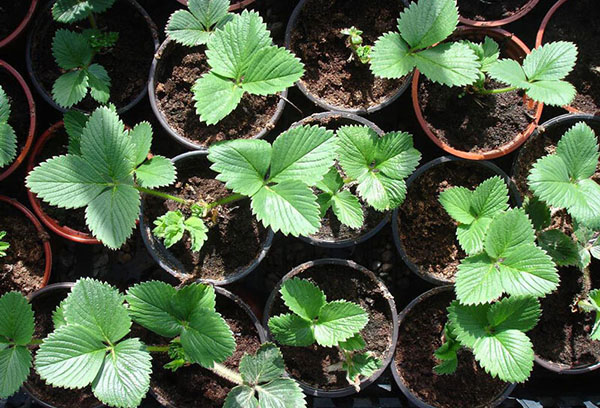
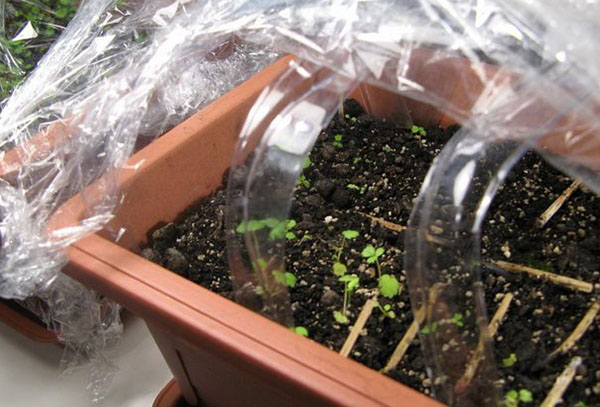
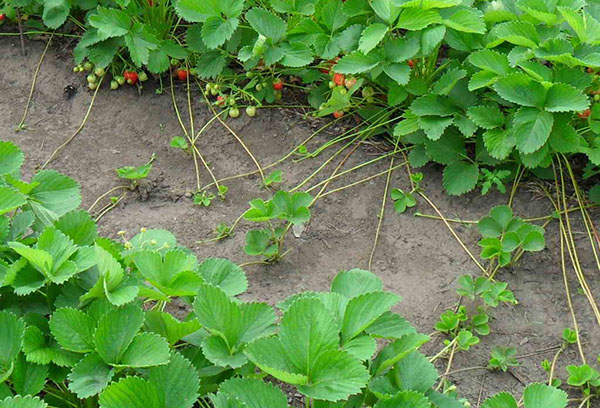
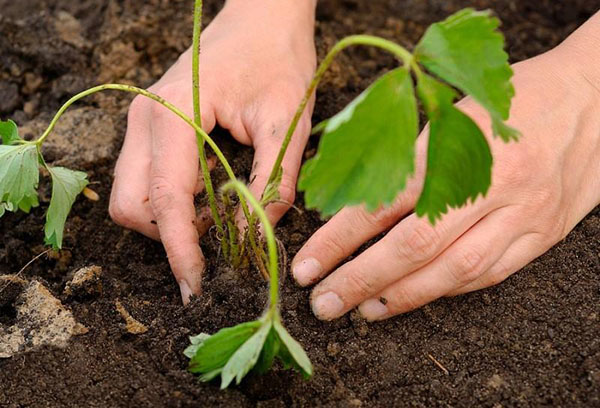
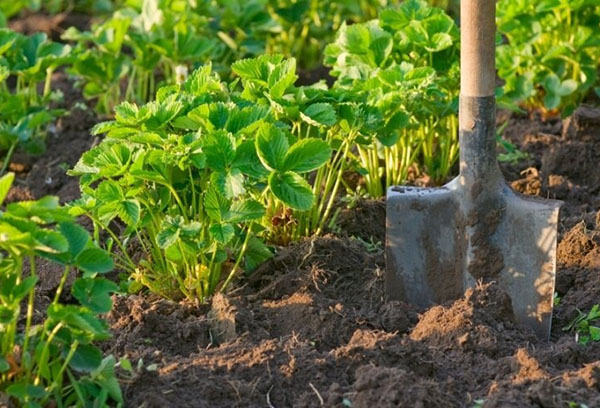
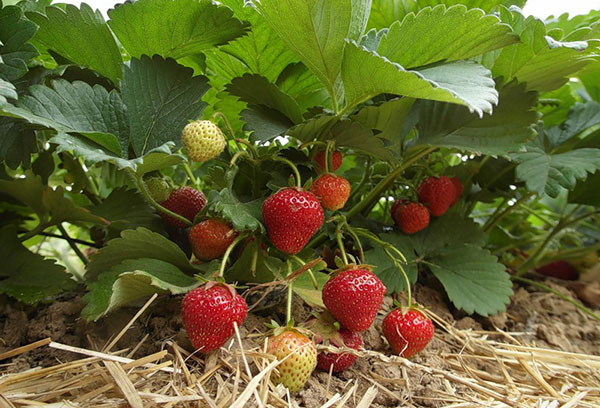
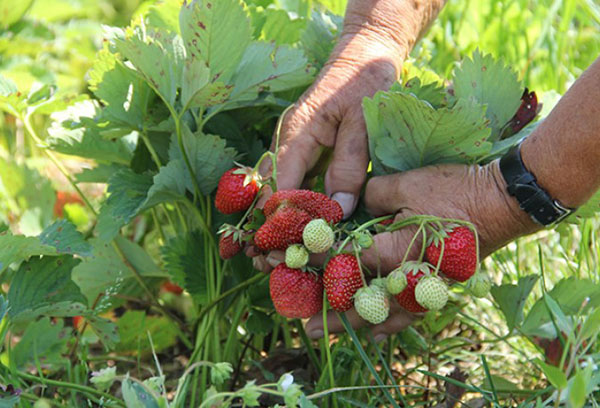
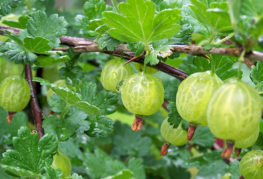
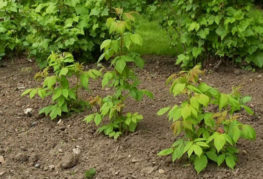
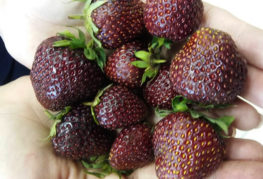
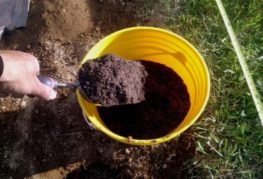
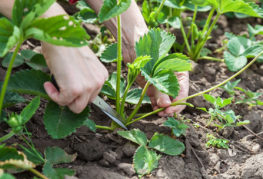
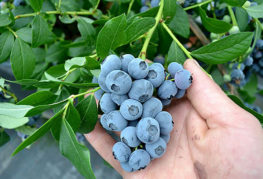
and will be published shortly.